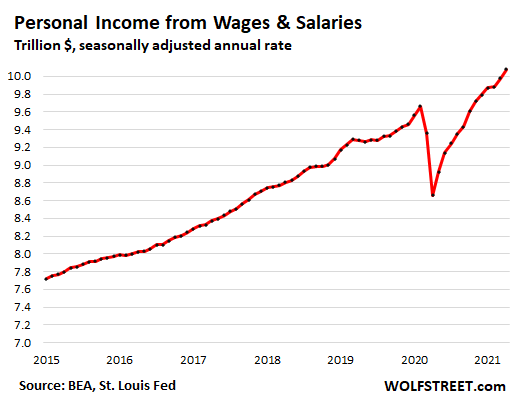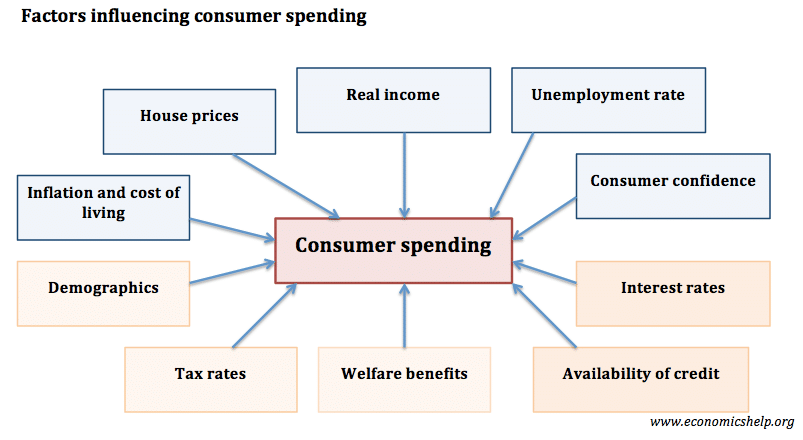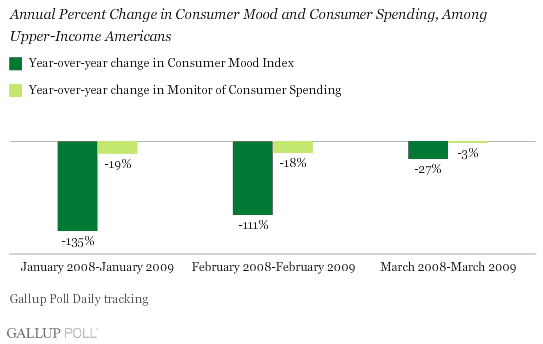
The reason the law of demand is violated for Giffen goods is that the rise in the price of the good has a strong income effect, sharply reducing the purchasing power of the consumer so that he switches away from luxury goods to the Giffen good, e.g., when the price of potatoes rises, the Irish peasant can no longer afford meat and eats more potatoes to cover for the lost calories.Īs with the supply curve, by its very nature the concept of a demand curve requires that the purchaser be a perfect competitor-that is, that the purchaser have no influence over the market price. Two such types of goods have been given definitions and names that are in common use: Veblen goods, goods which because of fashion or signalling are more attractive at higher prices, and Giffen goods, which, by virtue of being inferior goods that absorb a large part of a consumer's income (e.g., staples such as the classic example of potatoes in Ireland), may see an increase in quantity demanded when the price rises. The demand curve is generally downward-sloping, but for some goods it is upward-sloping.

The demand schedule is defined as the willingness and ability of a consumer to purchase a given product at a certain time. Consumers will be willing to buy a given quantity of a good, at a given price, if the marginal utility of additional consumption is equal to the opportunity cost determined by the price, that is, the marginal utility of alternative consumption choices. Just as the supply curve parallels the marginal cost curve, the demand curve parallels marginal utility, measured in dollars. Instead, price is put on the vertical, f(x) y-axis as a matter of unfortunate historical convention. Note that really a demand curve should be drawn with price on the horizontal x-axis, since it is the independent variable. The two most common specifications are:ġ) linear supply function, e.g., the slanted line Mathematically, a supply curve is represented by a supply function, giving the quantity supplied as a function of its price and as many other variables as desired to better explain quantity supplied. A fall in production costs would increase supply, shifting the supply curve to the right and down. One may also think of this as a shift up in the supply curve, because the price must rise for producers to supply a given quantity.

Under the assumption of perfect competition, supply is determined by marginal cost: firms will produce additional output as long as the cost of producing an extra unit is less than the market price they receive.Ī rise in the cost of raw materials would decrease supply, shifting the supply curve to the left because at each possible price a smaller quantity would be supplied. Graphical representations Supply schedule Ī supply schedule, depicted graphically as a supply curve, is a table that shows the relationship between the price of a good and the quantity supplied by producers. In macroeconomics, as well, the aggregate demand-aggregate supply model has been used to depict how the quantity of total output and the aggregate price level may be determined in equilibrium.

The concept of supply and demand forms the theoretical basis of modern economics.

It postulates that, holding all else equal, in a competitive market, the unit price for a particular good, or other traded item such as labor or liquid financial assets, will vary until it settles at a point where the quantity demanded (at the current price) will equal the quantity supplied (at the current price), resulting in an economic equilibrium for price and quantity transacted. In microeconomics, supply and demand is an economic model of price determination in a market. Supply and demand stacked in a conceptual chain.


 0 kommentar(er)
0 kommentar(er)
